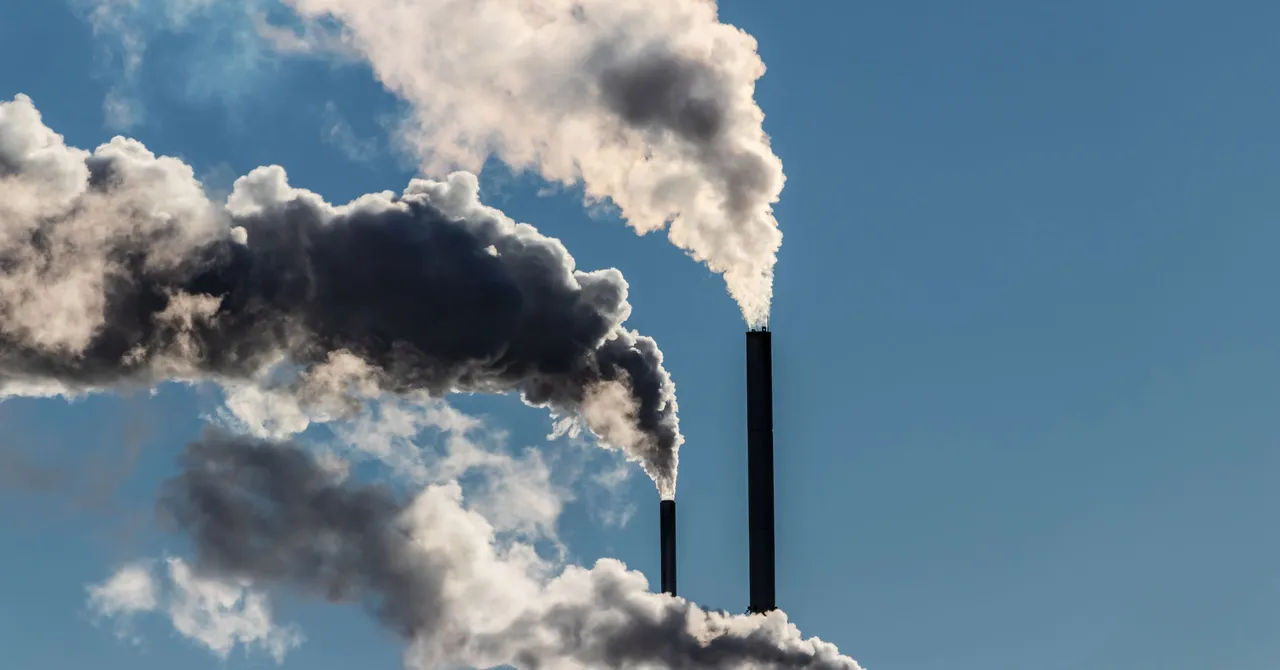Last week, the International Energy Agency released its World Energy Outlook 2025, and it captures the defining challenge of our time. Global energy demand is rising faster than ever. Renewables are scaling at record speed. Yet the world still depends on fossil fuels to power homes, industries, and transportation.
This is not a contradiction. It is the reality of a complex global system that cannot change overnight. We are living in what the IEA calls the Age of Electricity, a time when clean technologies are accelerating, but energy security and affordability still require a balanced mix of sources. The goal now is not to abandon the system that exists, but to make it cleaner, safer, and more efficient while the next one takes shape.
That is where ClimateWells fits in.
The Three Futures We Face
The 2025 Outlook presents three paths for how energy systems could evolve. Each one depends on choices made today.
- Current Policies Scenario (CPS)
Governments add no new measures beyond existing laws. Fossil fuel demand continues to rise through 2050, and global temperatures increase by about 2.9°C - Stated Policies Scenario (STEPS)
Countries follow through on their announced plans and partial clean energy commitments. Emissions peak earlier but remain high enough to push warming to around 2.5°C. - Net Zero Emissions Scenario (NZE)
Rapid global action limits warming to 1.5°C through coordinated policy, technology deployment, and large-scale electrification.
These scenarios are not forecasts. They are mirrors reflecting our collective choices. The world today sits somewhere between CPS and STEPS, caught between growing demand and uneven progress.
ClimateWells: The Bridge Between Ambition and Reality
This middle ground is where ClimateWells operates.
At ClimateWells, we work with small operators, landowners, and tribal partners to clean up marginal oil and gas wells that are no longer productive but continue to leak methane. We target these wells because they make up only 5% of total U.S. production, but up to 60-70% of oilfield methane emissions.
Our approach does not reject fossil fuels. It recognizes their ongoing role in meeting global energy needs while addressing the emissions that make the system unsustainable. We are helping clean up the industry that powers the world, one well at a time.
The Bridge Between the Best and Worst Case Scenarios
The IEA shows us that the path between the best and worst futures is wide. The difference between 1.5°C and 2.9°C is the difference between stability and disruption.
According to the IPCC’s Sixth Assessment Report and NASA’s climate data, every fraction of a degree of warming sharply increases risk. Around 2°C, coral reefs and many tropical ecosystems face mass die-off and sea levels are projected to rise roughly 1-1.5 feet by 2100. At 2.5-3°C, the risk of widespread species loss, food insecurity, and coastal displacement for hundreds of millions of people grows significantly, with sea-level rise exceeding 2 feet by century’s end and continuing for centuries thereafter.
But the world is not powerless to change that outcome. If we reduce emissions from the energy system itself, we can bend the curve closer to the net-zero path. ClimateWells represents that middle path - practical, scalable, and rooted in measurable action.
We are not waiting for perfect alignment across policies or markets. We are making tangible progress now, helping the existing system evolve toward a cleaner, more responsible future.
Why Now
The 2025 Outlook makes one thing clear: this decade will define the next century. Electricity demand is surging, investment is shifting, and the infrastructure built today will shape outcomes for generations.
Investing in ClimateWells’ projects means improving the system we rely on while preparing for the one to come. It means tackling emissions that can be stopped today and ensuring the energy transition is built on responsibility, not replacement alone.
A cleaner future starts with cleaning up what we already have.






